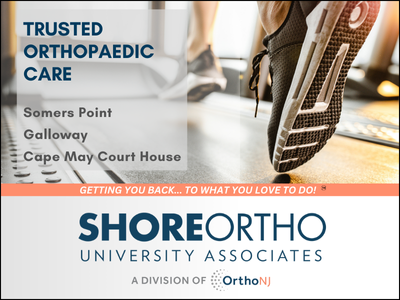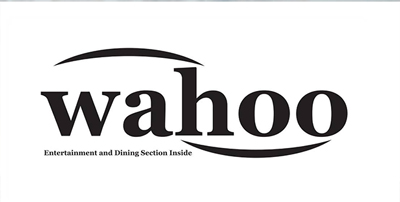By Eric Reich
A few weeks ago, I wrote about the potential benefits of getting rid of traditional IRAs in order for you to potentially pay less overall taxes during your lifetime and for your heirs after your lifetime by either spending them down or converting them to Roth IRAs. The goal was to discuss the total tax you could pay by either drawing down those traditional IRAs today or waiting to take them as a required minimum distribution (RMD) in the future. We then looked at the potential tax to your heirs in both cases as well. I made the argument that the total tax you would pay by reducing the IRA balance sooner could likely be less than what it might be if you waited both for yourself and your heirs. Again, this could be done via withdrawals or Roth IRA conversions. This week, we will look at the Roth IRA conversion side.
Roth IRA conversions require you to pay tax on the amount of the conversion itself. Conversions can be partial or full. Partial conversions can be done in any amount. One of the best ways to do a Roth IRA conversion is to do late-year tax planning and then convert traditional IRAs to Roth IRAs up to the limit of your marginal tax bracket. This allows you to determine your tax liability and keeps you from climbing into a potentially high tax bracket. You will want to discuss this with your CPA prior to doing any conversions so that they can estimate how much of your traditional IRA you can convert.
Roth IRA conversions are now permanent once you do them, unlike in years past. This is why tax planning is so important. If you and your CPA believe that you are going to be in a higher marginal tax bracket in the future, then Roth IRA conversions make sense. Remember, it isn’t only the tax bracket you will be in at some future point, but also the value of the account at the time. You could potentially be forced into a much higher bracket, even if tax rates do not increase, but rather by simply having a much higher required minimum distribution due to a higher account balance.
Ideally, you will want to start your Roth IRA conversions before your RMDs start. The reason is that you can’t convert an RMD itself; therefore, you would have to take your RMD for that year and then convert to a Roth IRA after. This can defeat the purpose of trying to lower your taxes.
Age 62 is a key year for conversions because it is the last year that you can do a Roth IRA conversion without it affecting your future Medicare Part B premiums (IRMAA). Medicare has a two-year lookback for determining those premiums, so age 63 is too late to protect you from the additional premiums that might be required due to your higher income levels that year.
If you lose a spouse, that year’s tax return is your last opportunity to file jointly. This is a good time to look into a Roth IRA conversion before your tax bracket potentially rises due to filing a single return to avoid the “widow’s penalty.”
Roth IRA conversions for the benefit of your beneficiaries can’t be overlooked. Once inherited, IRAs cannot be converted (though retirement plans can be). A conversion today will likely lower taxes for your heirs. It will also allow them to skip RMDs in years 1-9 after they inherit it. Since Roth IRAs have no RMD, your heirs won’t have them either. The account just has to be emptied by the end of the tenth year after inheritance. That’s a long time to let the account grow tax-free. A Roth IRA conversion can help your heirs avoid being forced into potentially higher tax brackets by not having to take out taxable RMDs each year, like they would from a traditional IRA.
Roth IRA conversions can make a lot of sense for both you and your heirs and potentially reduce your total lifetime taxes.
Securities offered through Kestra Investment Services, LLC (Kestra IS), member FINRA/SIPC. Investment advisory services offered through Kestra Advisory Services, LLC (Kestra AS), an affiliate of Kestra IS. Reich Asset Management, LLC is not affiliated with Kestra IS or Kestra AS. The opinions expressed in this commentary are those of the author and may not necessarily reflect those held by Kestra Investment Services, LLC or Kestra Advisory Services, LLC. This is for general information only and is not intended to provide specific investment advice or recommendations for any individual. It is suggested that you consult your financial professional, attorney, or tax advisor with regard to your individual situation. To view form CRS visit https://bit.ly/KF-Disclosures.
Eric is President and founder of Reich Asset Management, LLC. He relies on his 25 years of experience to help clients have an enjoyable retirement. He is a Certified Financial Planner™ and Certified Investment Management AnalystSM (CIMA®) and has earned his Chartered Life Underwriter® (CLU®) and Chartered Financial Consultant® (ChFC®) designations.










